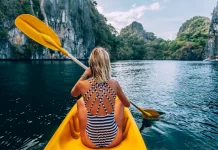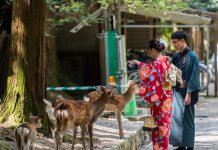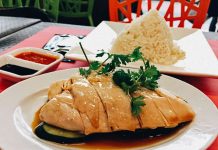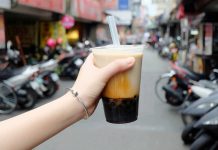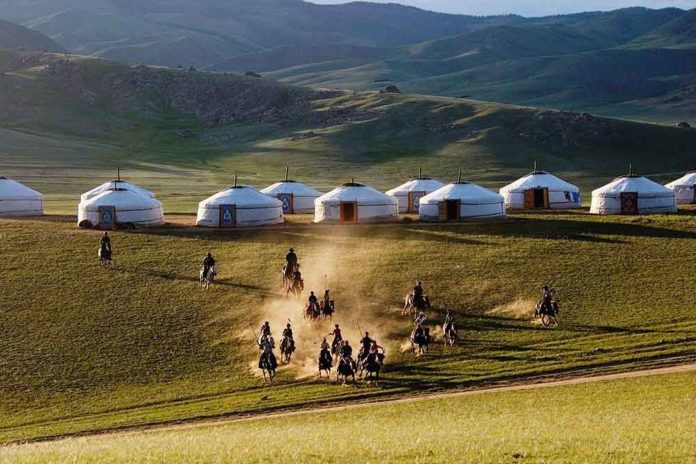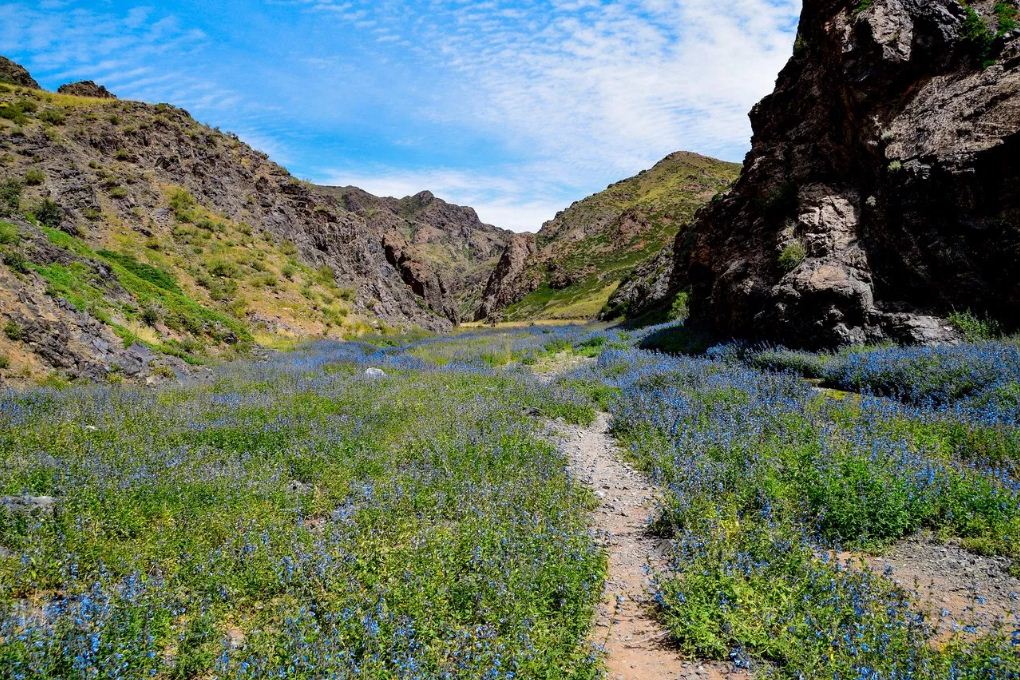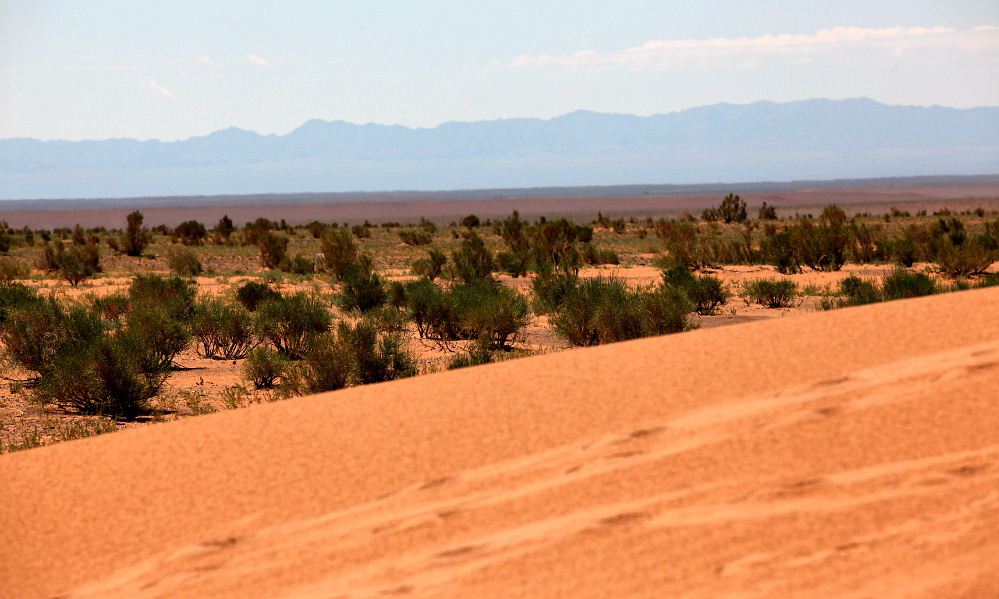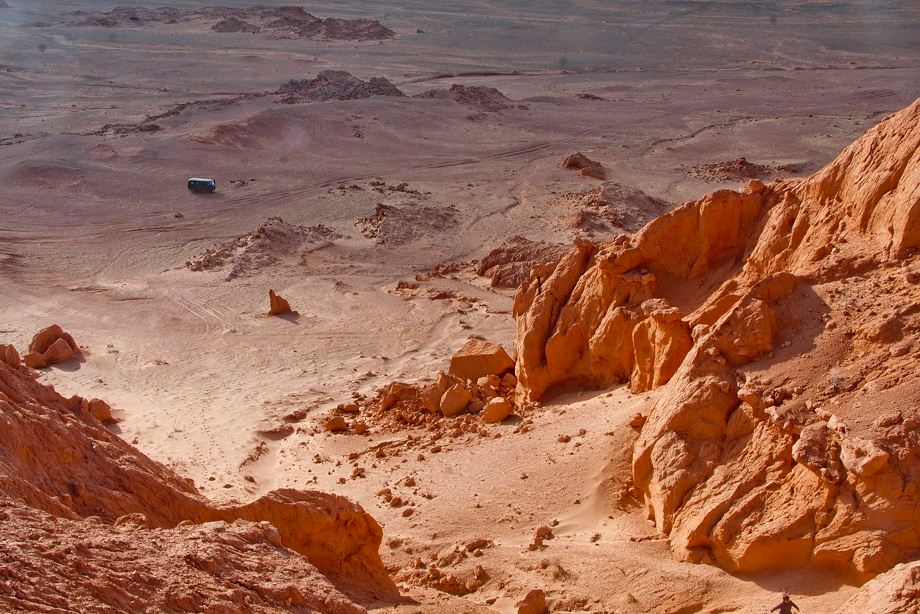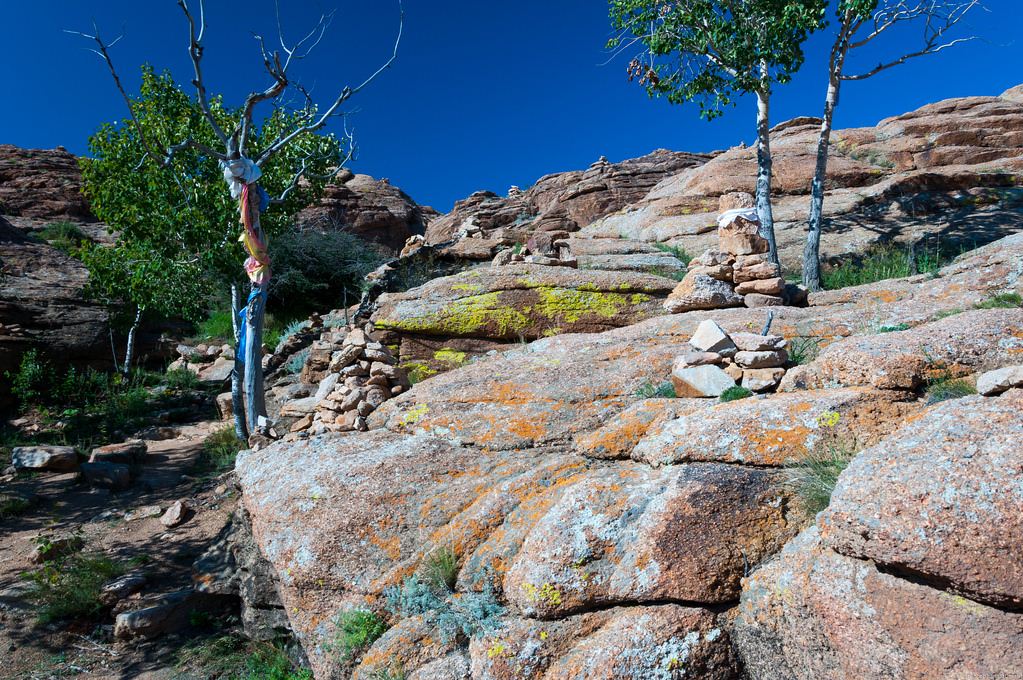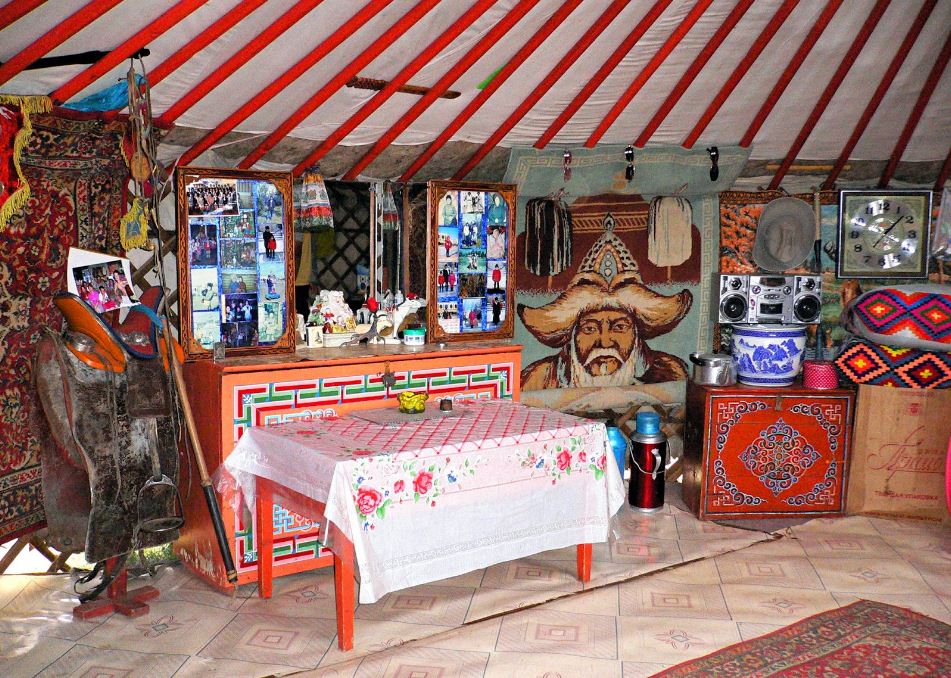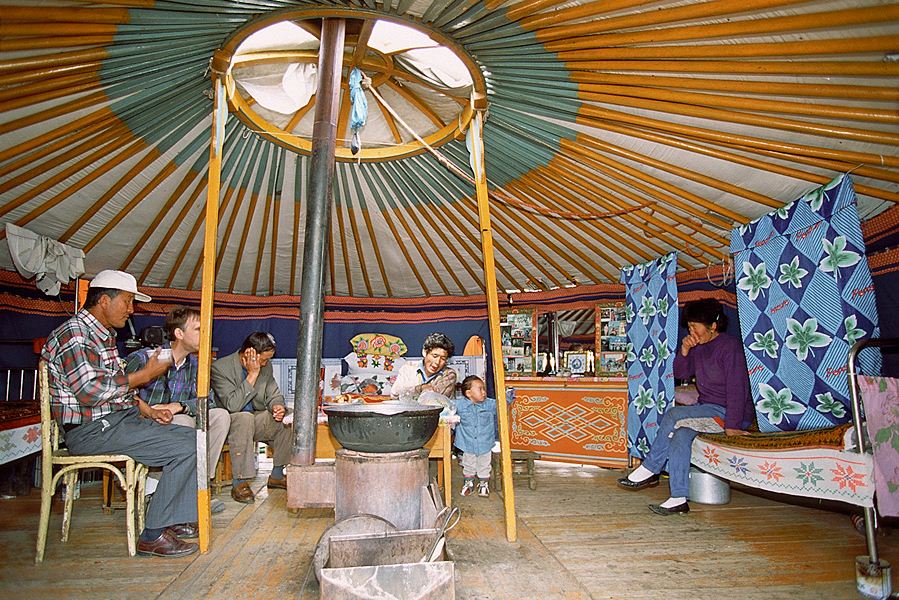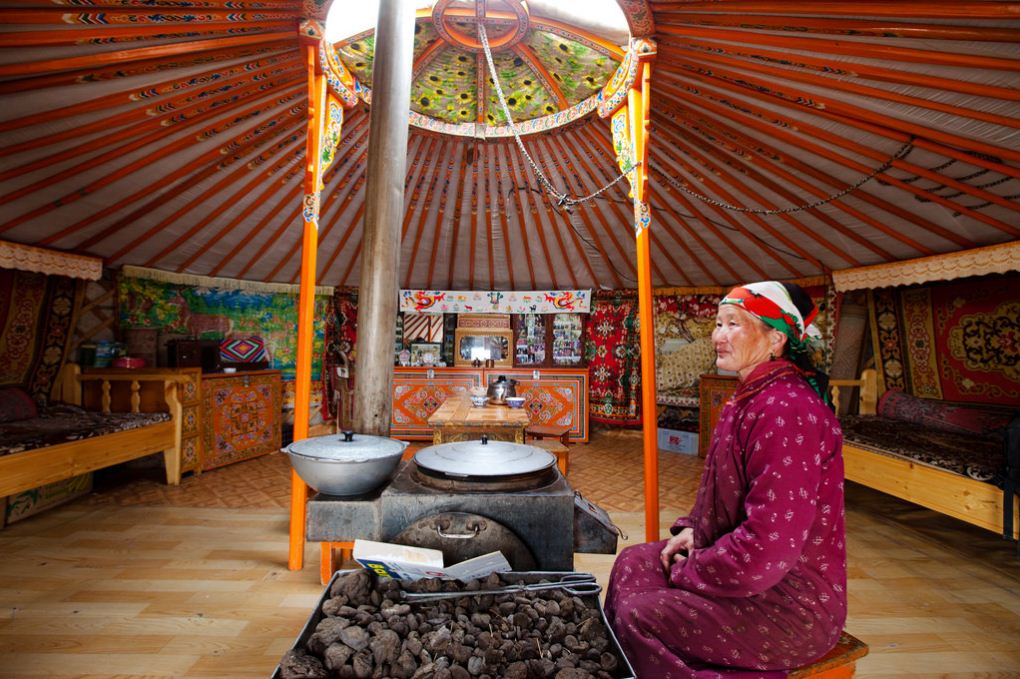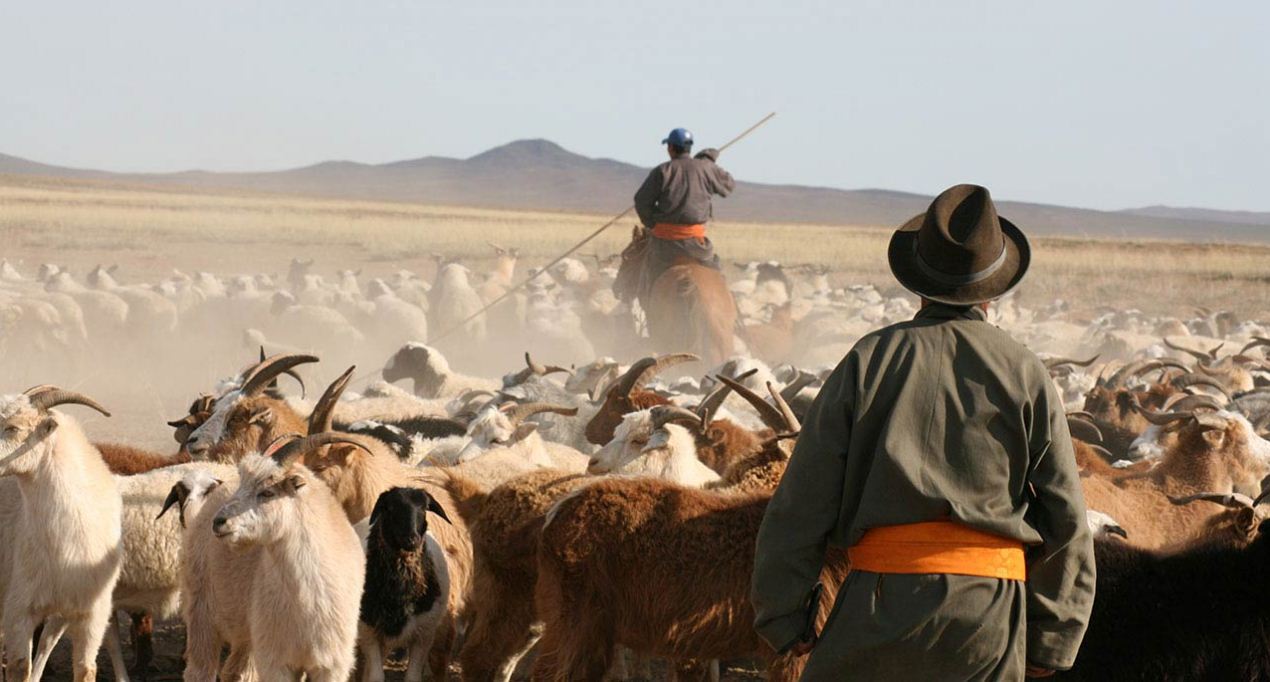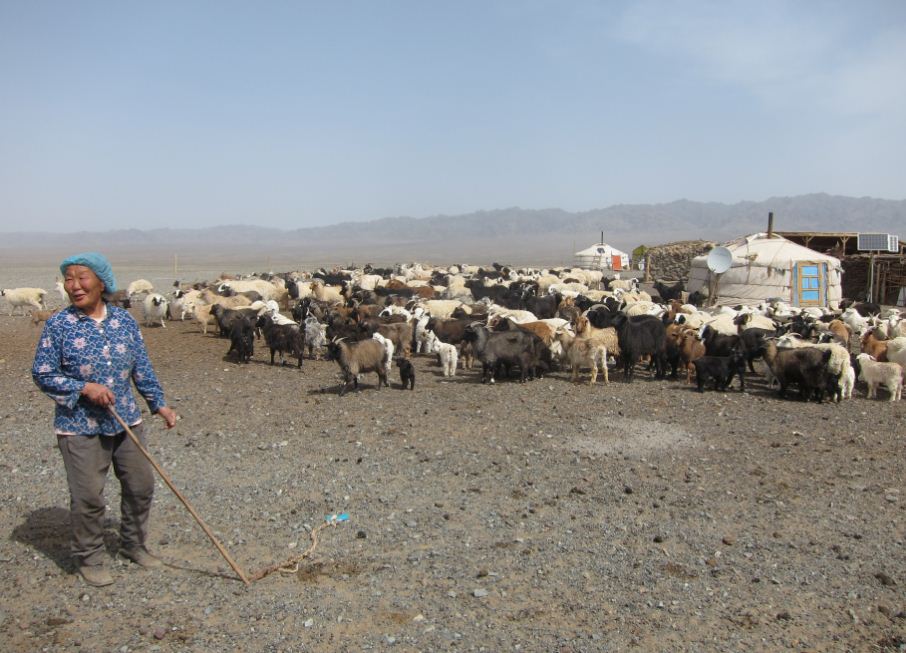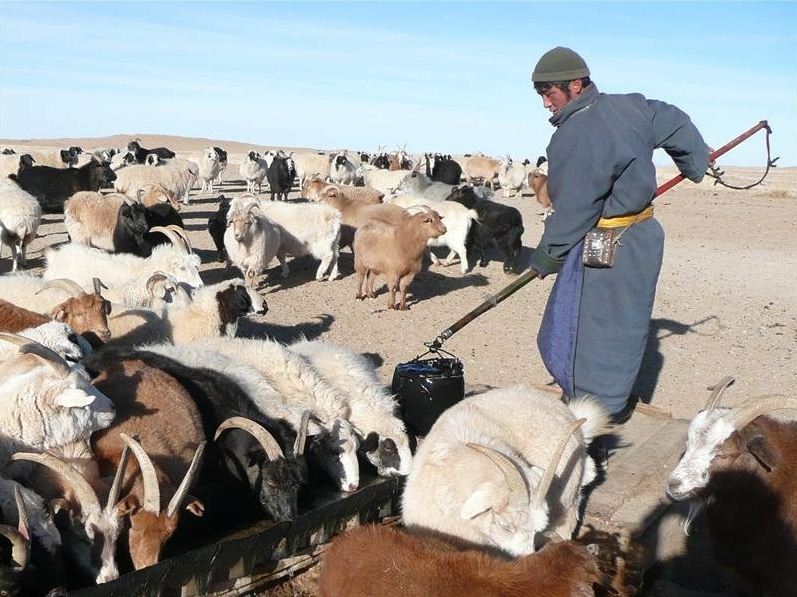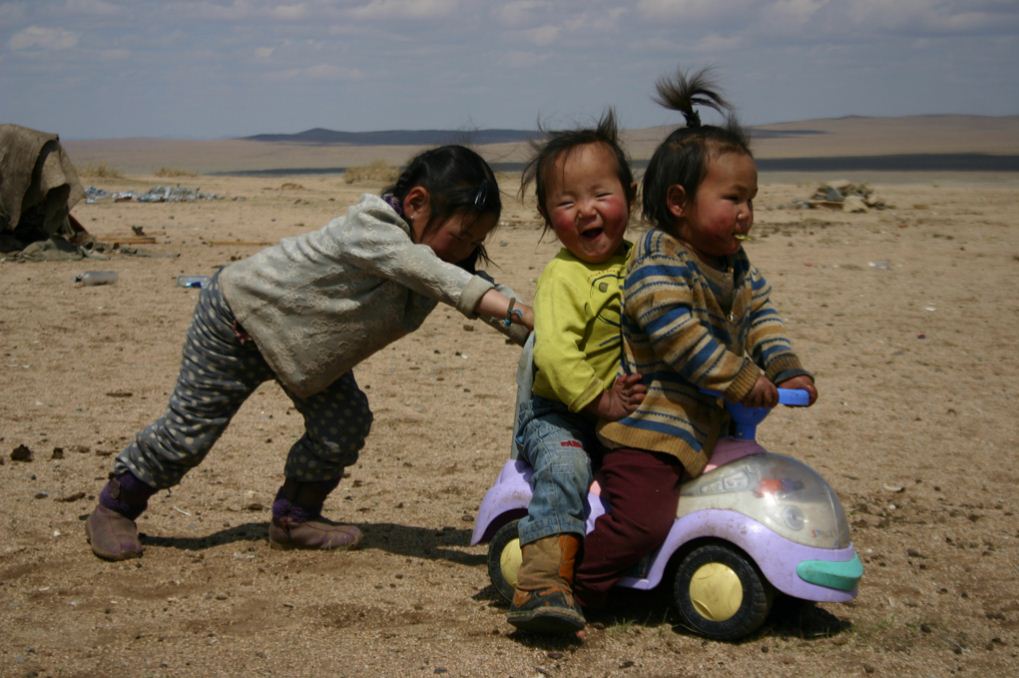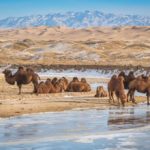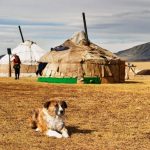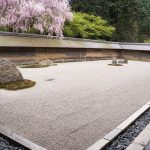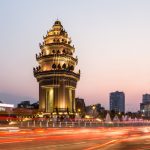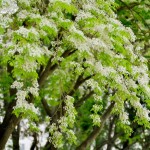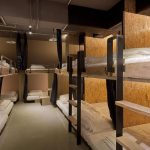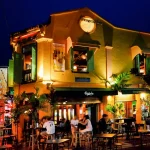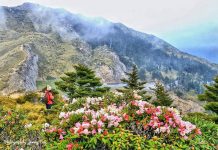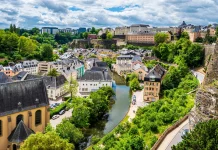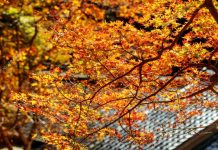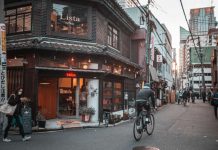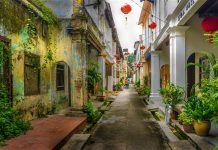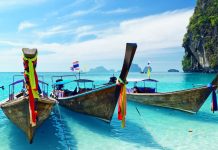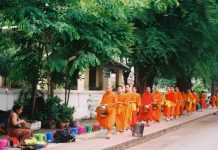Walking through the Gobi Desert, Mongolia with freezing night wind blowing through the traditional Yurt tents, I and my companion Karen, are still alive, without water, electricity and other traditionally essential things. The trip is teaching us a valuable lesson–how to live in the desert as Mongolian nomadic people have done for thousands of years. Now, let’s discover the life of Mongolian nomads in the heart of Gobi desert via this Mongolia travel blog.
- Gobi desert tour — 12 wonderful days road trip in Gobi desert
- My trip to Nepal blog — A journey to the sacred land of the world
- Cormorant fishing Guilin — Meet the legendary fishermen of Li river
- Xinjiang travel blog — A journey to the paradise of earth
- Trans-Siberian Railway experience — My wonderful trip around one eighth of the world
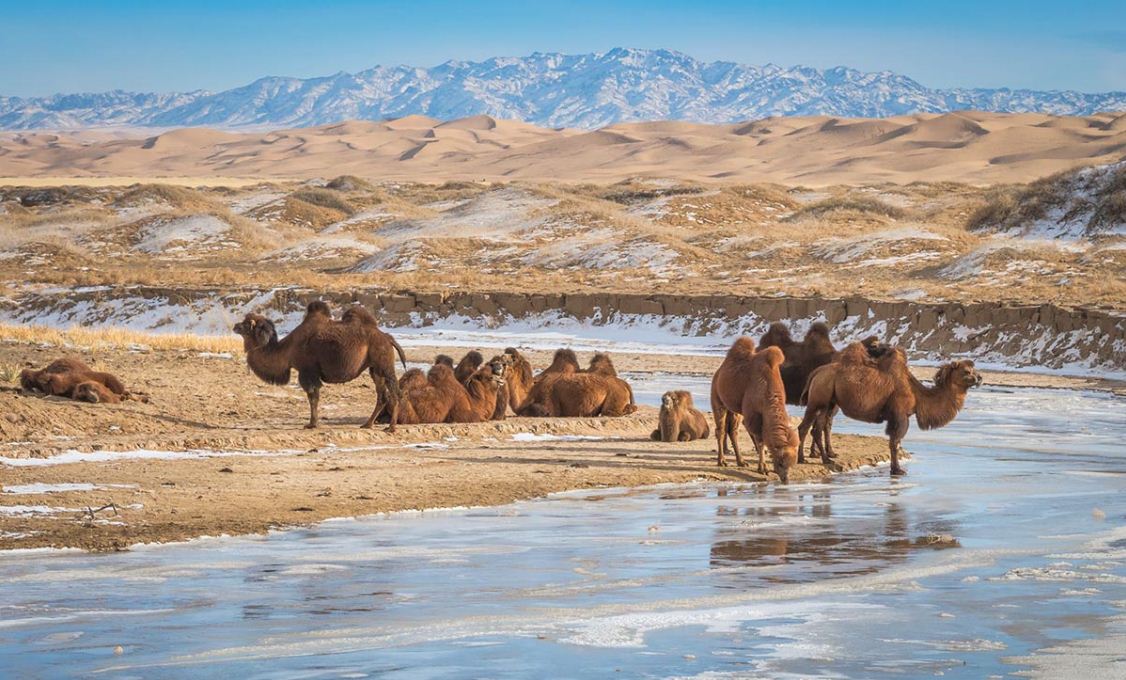
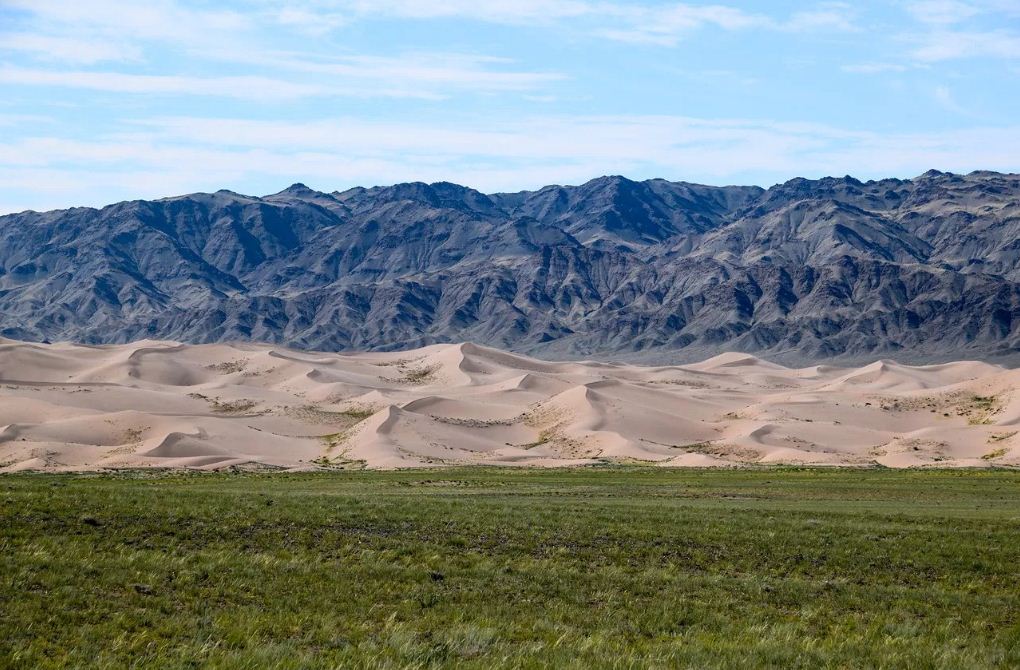
My friend Karen – an English teacher and I book a tour from Ulaanbaatar to the Gobi Desert by Jeep to experience the way of life of the ancient Mongolians. Accompanying us is Ms. Gana – the tour guide, and Mr. Burmaa, the driver. Gana spends 1 hour buying food at the supermarket for the trip.
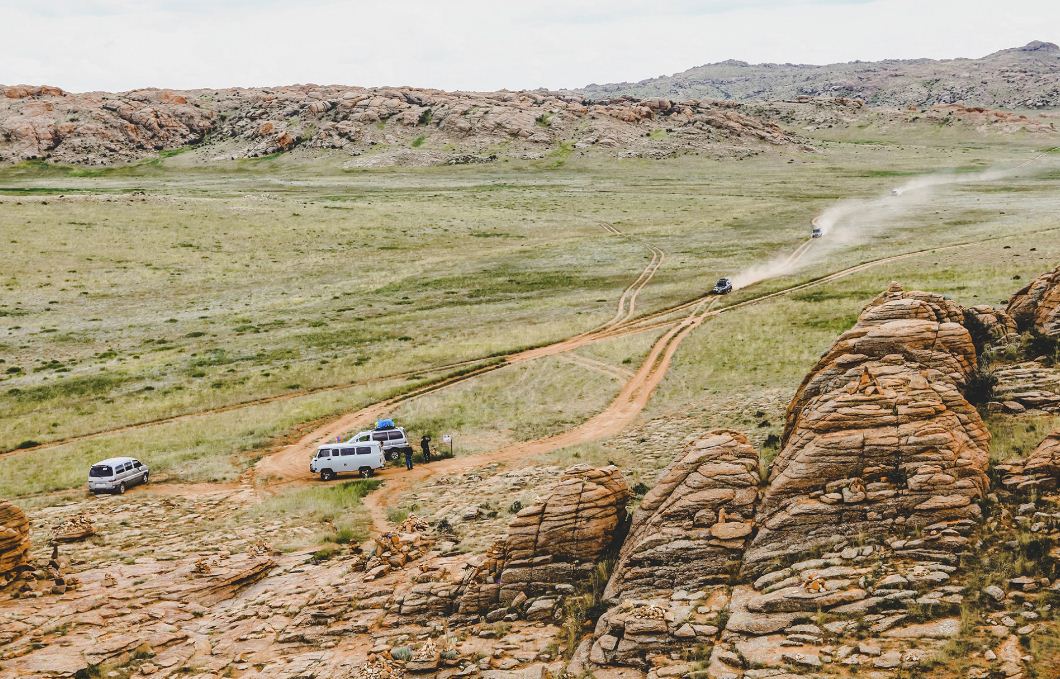
“Grand Caynon” in the ancient desert
Gana shoots off rapid-fire questions to us about Genghis Khan. For her and Mongolians, he is the greatest hero and father of the whole nation. His picture is printed on all kinds of cash as a form of respect. As Gana says,Gobi Desert is the place that lifted up Genghis Khan, allowing him to majestically conquer various lands from Asia to Europe.
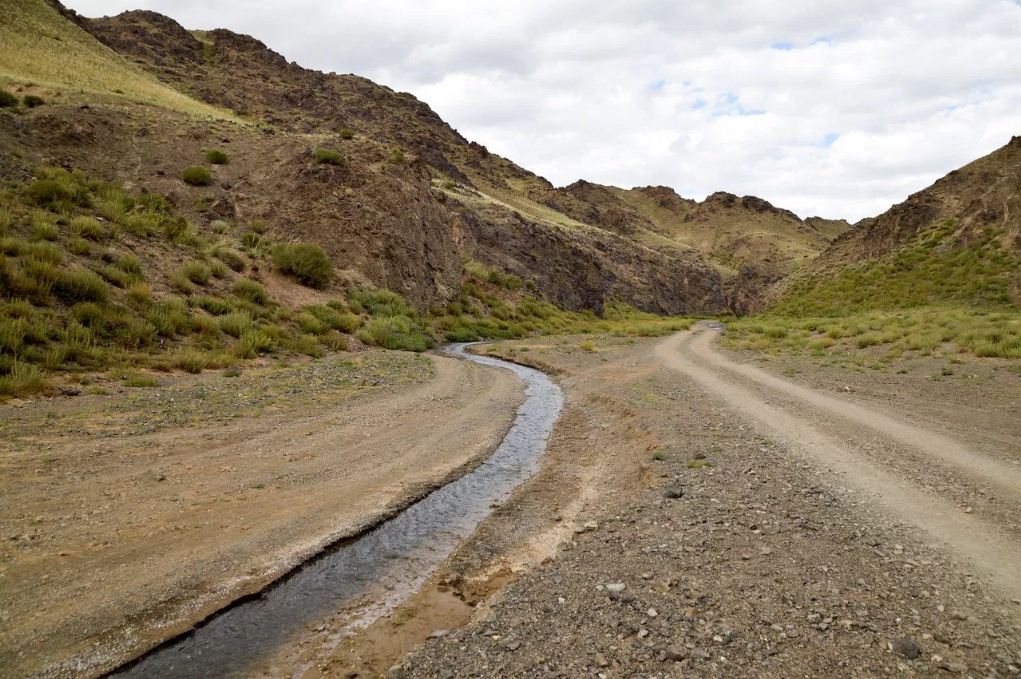

The Gobi Desert is one of the five largest deserts in the world and is the biggest desert in Asia. Measuring 800km from the north to the south, and about 1,600km from the southwest to the north east, Gobi is one of the coldest deserts in the world. In winter, it is shrouded in thick fog and the mountain tops are covered in snow. The temperature sometimes drops to -30°C. It is warmer in summer. A distinctive feature of the Gobi Desert is rapid changes of temperature, creating different seasons within a single day, Gana says.
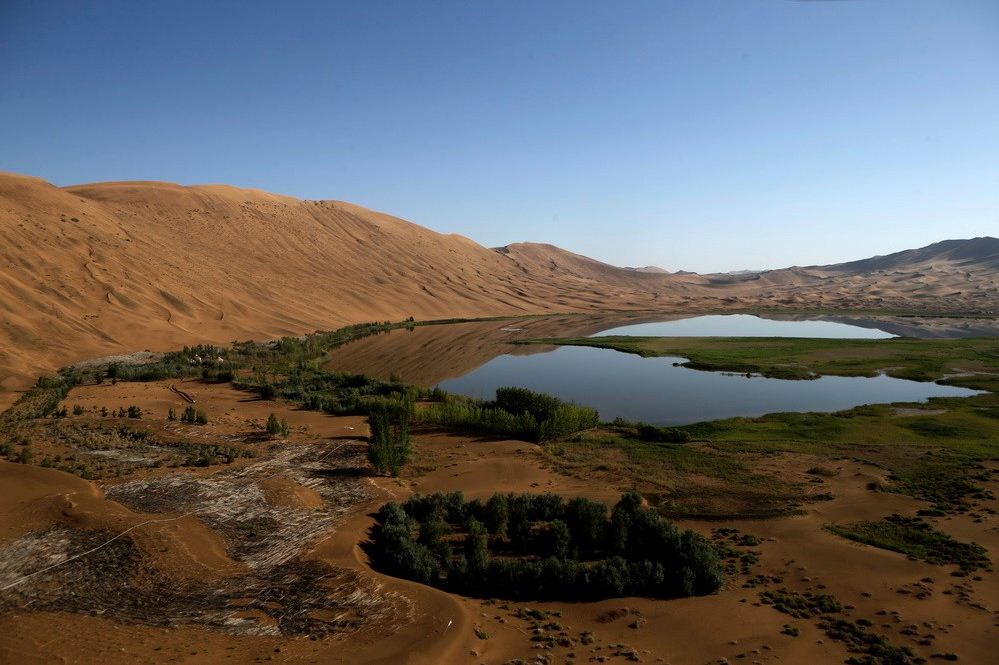
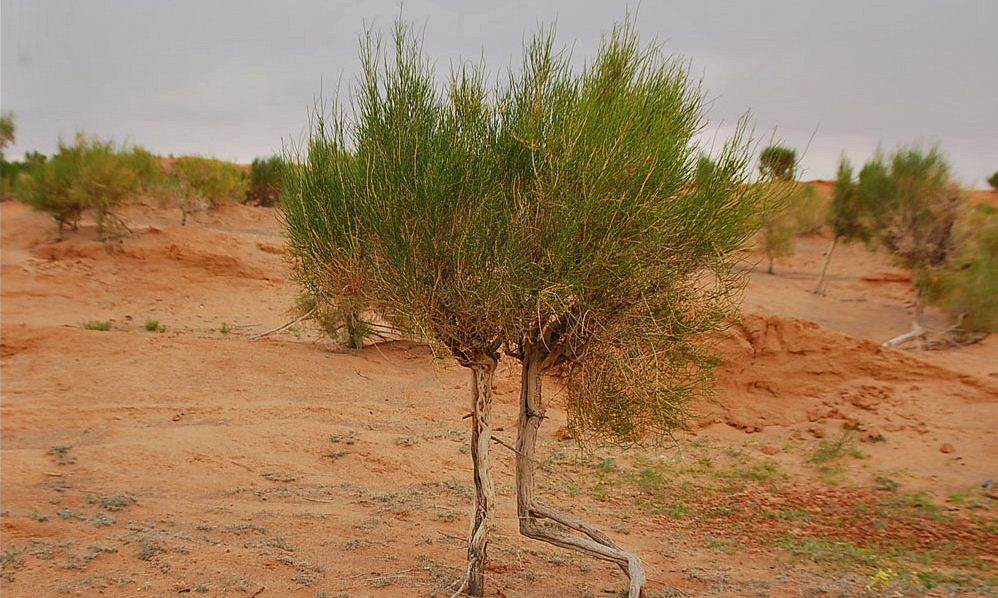
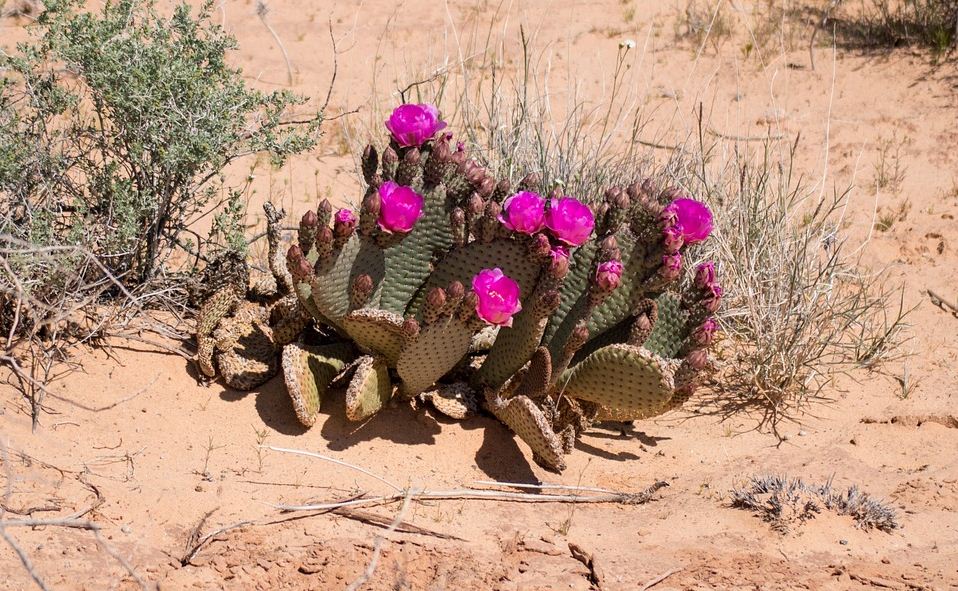
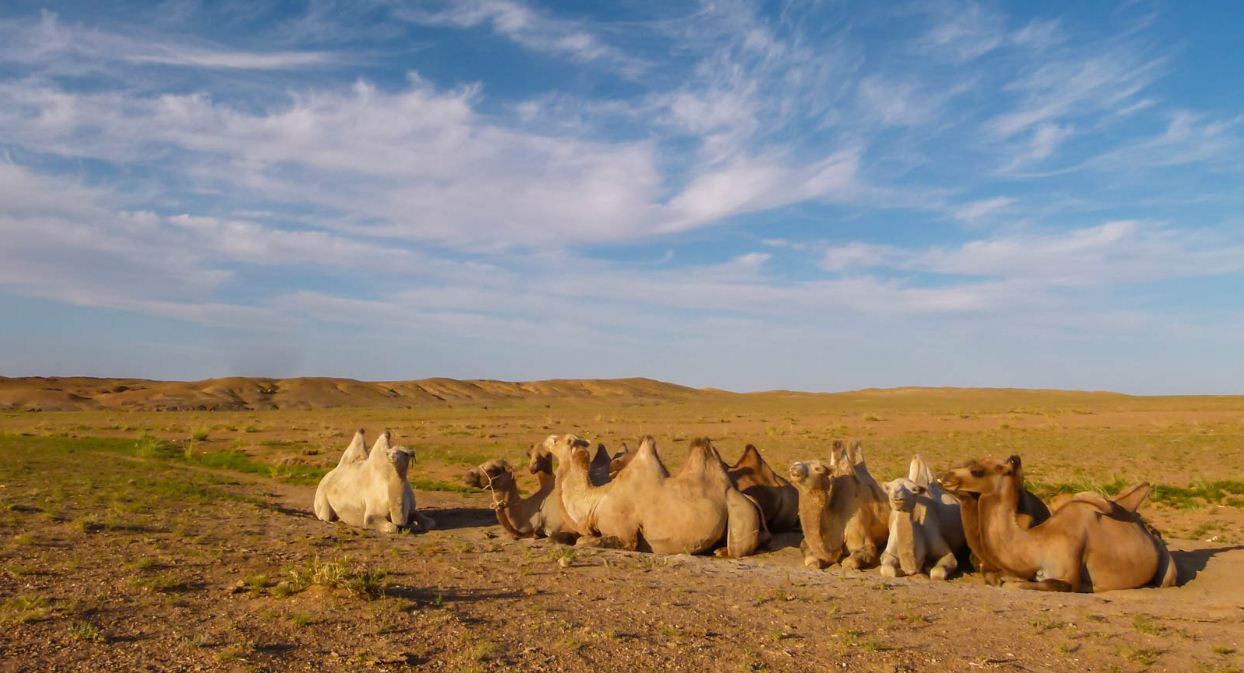
The cloudless sky looks like a huge stretch of blue silk laid across the heavens; the sun radiates warm rays to ease the coldness of desert wind. We visit Erdenedalai city after a day wandering around Ulaanbaatar capital. Erdenedalai is in southern Mongolia and is the gateway to the Gobi Desert. The land blends immense meadows and wild deserts. Gana takes us to a place full of stones emerging from the desert floor and hewn into different shapes, some of which are egg-shaped.
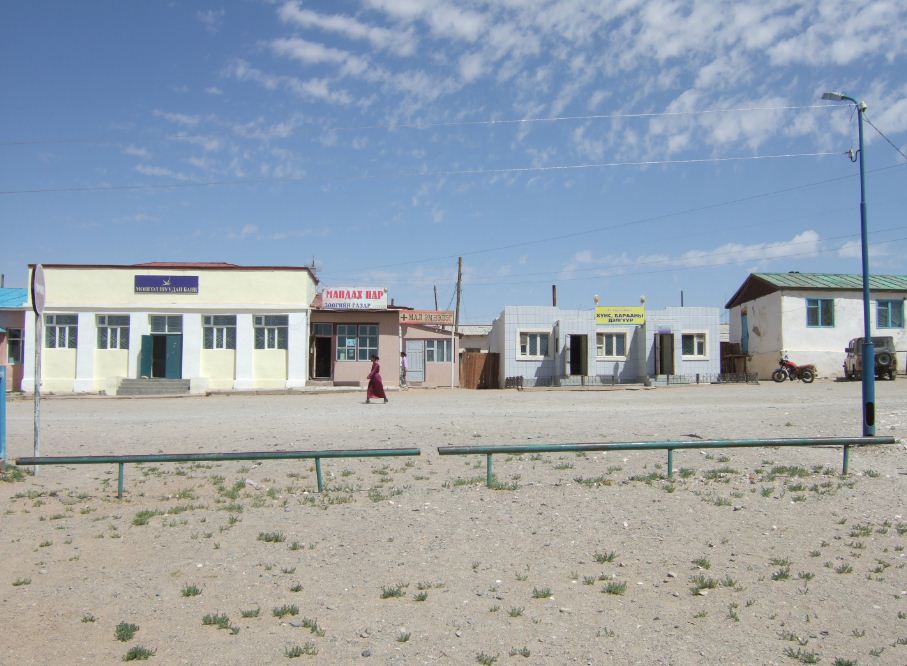
I see these protruding stones and silently compare them with children from poor families because they are not as beautiful and famous as Cappadocia of Turkey or the Grand Canyon of the US. However, it still owns the sincere and truthful beauty of the Mongolians. The shifting meadows compose sweet melodies which still echo the hooves of Genghis Khan’s horse as he continued on his conquering path.
It is said that stone is an inanimate object with no soul, but in the Gobi Desert, their souls are momentarily etched on to the surface as day moves into night.
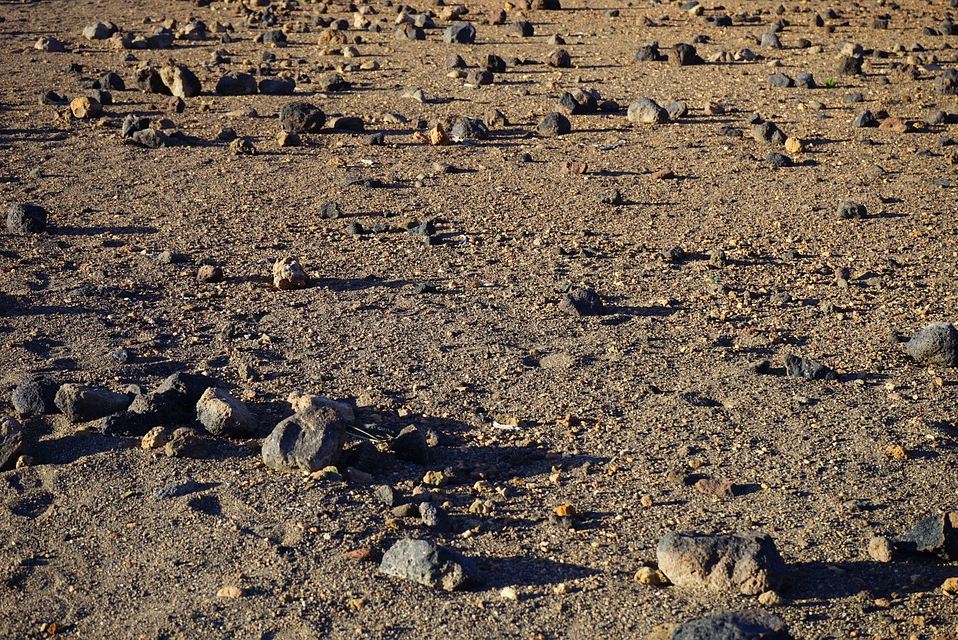
The volcanic activity gives not only a large amount of fertile basalt soil for cultivation but also stunning landscapes. The word “hoodoo” is often used to name rocks with different shapes made from volcanoes in deserts or in hot, dry areas.
“Hoodoos” are often rocks with a height ranging from that of a person to a ten-floor building. The tops of hoodoos are formed by sediment and hardy to erosion so hoodoos can stand firmly with time.
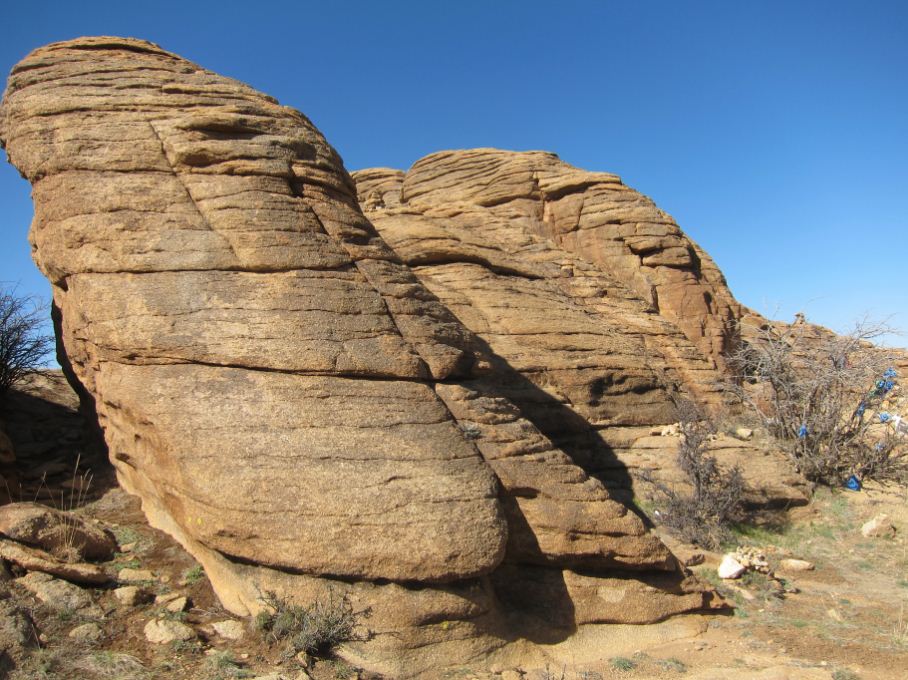
Geological research indicates that hoodoos are normally composed of thick rock layers from volcanoes (these rock layers are made up of adhesive volcanic ash) whose outer is covered with a thin layer of basalt or other volcanic dust from volcanic eruptions. It is the cover of basalt or volcanic dust that prevents hoodoos from eroding because of time or other factors as rain, wind, light and temperature. Formed during volcanic eruptions, hoodoos contain a range of minerals which create different colors depending on sun light and the hoodoos’ height.
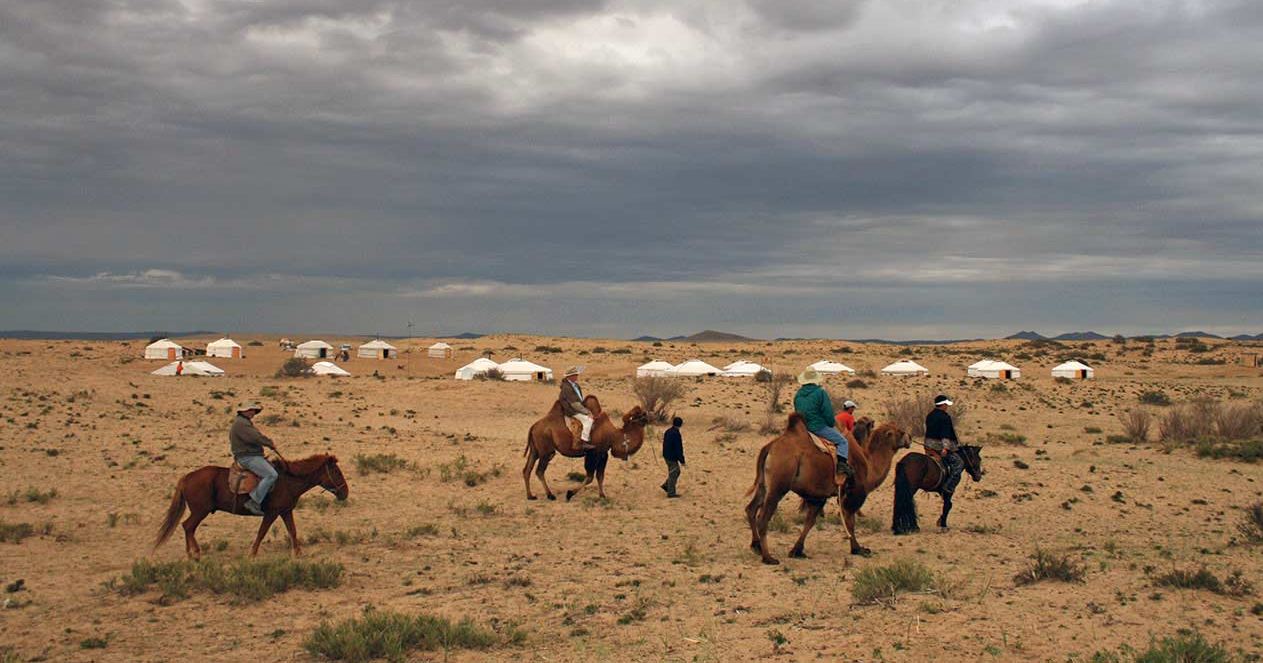
In the following days, Gana takes us deep into the desert of Tsagaansuvarga (Tsagaan Suvarga), Bagagazariinchuluu (Baga Gazriin Chuluu) and Bayanzag, where hoodoos take form. Both Karen and I are mesmerized, looking at and wandering around different hoodoos with shapes of bamboo shoots, mushrooms, spires in the castles of the fairy tales or a sitting person. They have different colors in the sunset and at dawn. I have so much passion for them that I do not notice sunset’s or dawn’s cold gusts of wind suddenly arriving at the craggy cliffs.

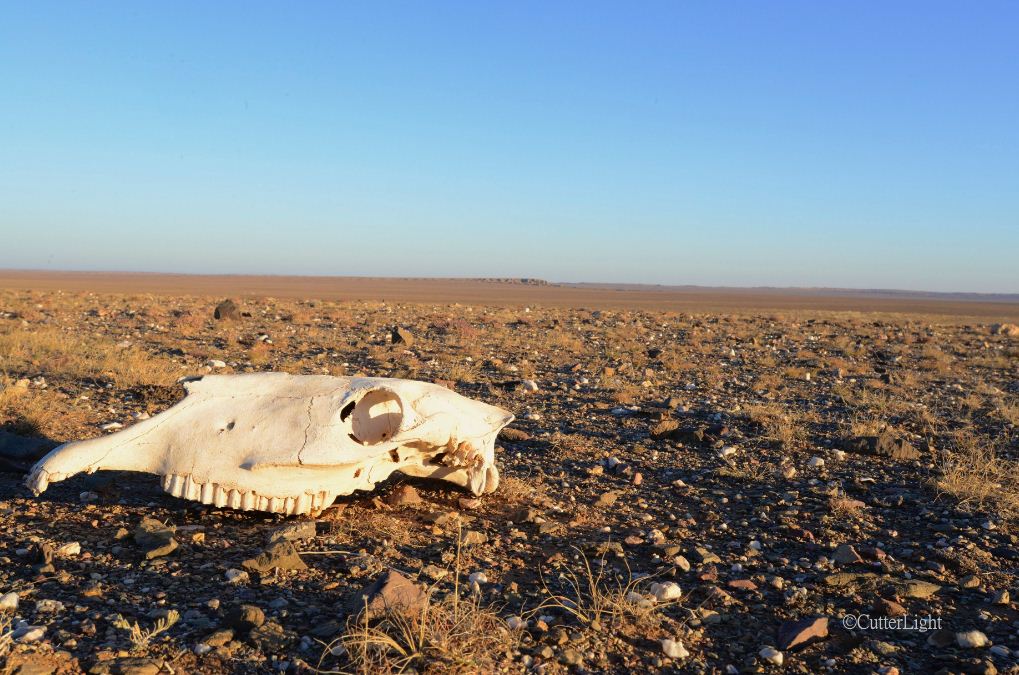
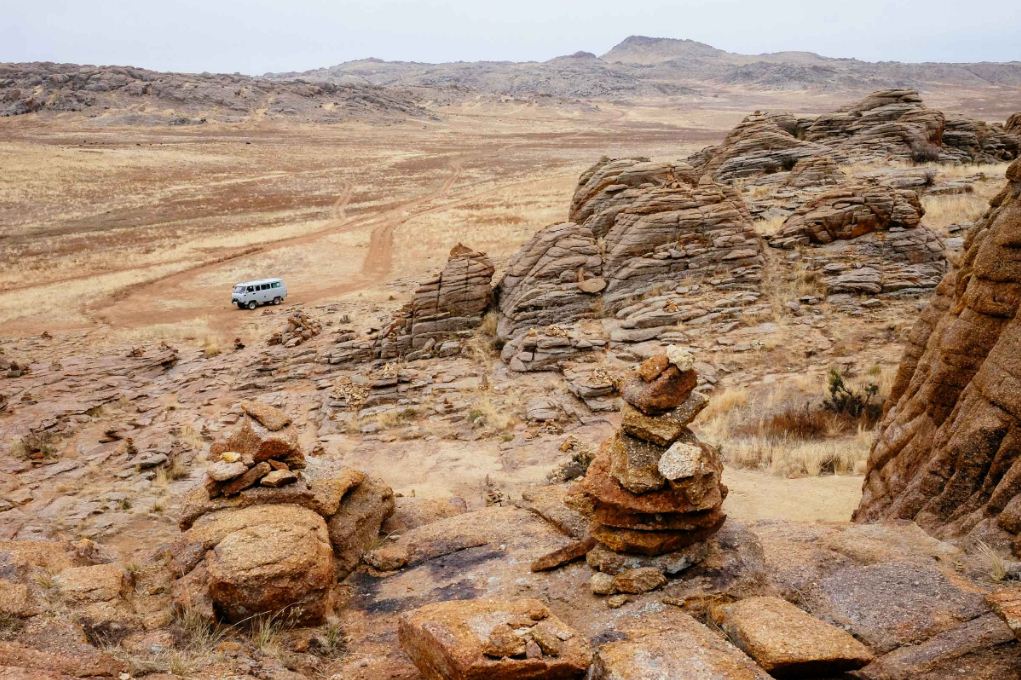
And in those mountains, there are some small wells formed inside rocks. Gana tells us they contain holy water and let us try some. As local people say, drinking or washing eyes with that holy water makes people live long and have a sound mind.
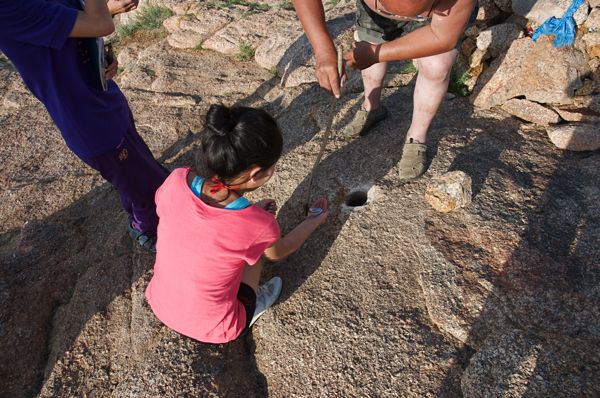
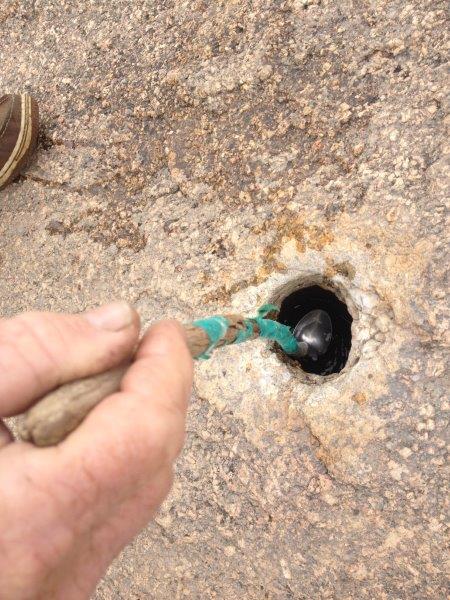
Experiencing life in the desert wilderness
Burmaa drives skillfully to get across the huge desert. Karen and I both wonder how he can locate the ways easily without any trace of signage in these deserted meadows and sand hills. People who have lived in the desert for a long time find the way based on the sun and stars, Burmaa says. Burmaa in particular find directions by looking at the shape of the mountains and spotting stone Mongolian temples. By seeing and following the stone temples, he can identify a village or a town is near there.
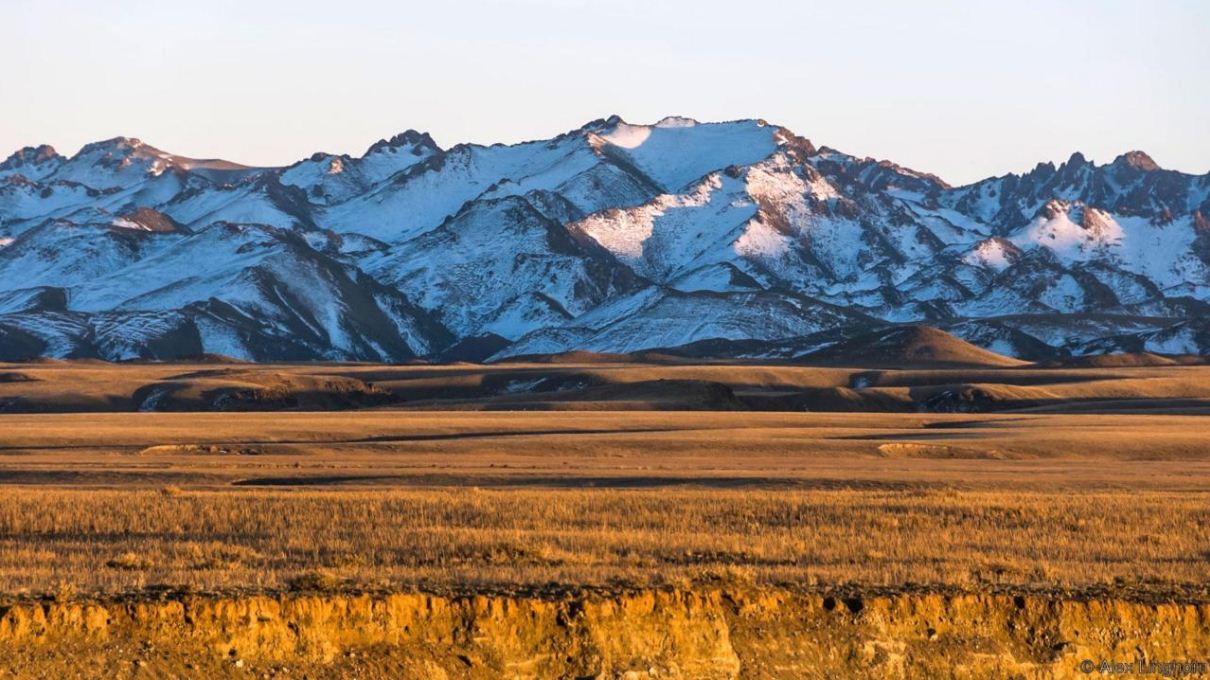
We stay overnight in traditional Mongolian tents named Yurts. The tent exterior is a plain white but it is very colorful inside. Most daily activities are carried out in the main tent of the host; other tents are for visiting guests. A yurt is divided into two parts, on the left is a bed and a small table for the male homeowner and on the right is a bed and a stove for the female homeowner. Between the male and female areas is an ancestral altar. In front of the altar is a small table for daily activities like dining or drinking tea. A stove with a big chimney at the entrance is for cooking everyday and acts as a heater in winter.
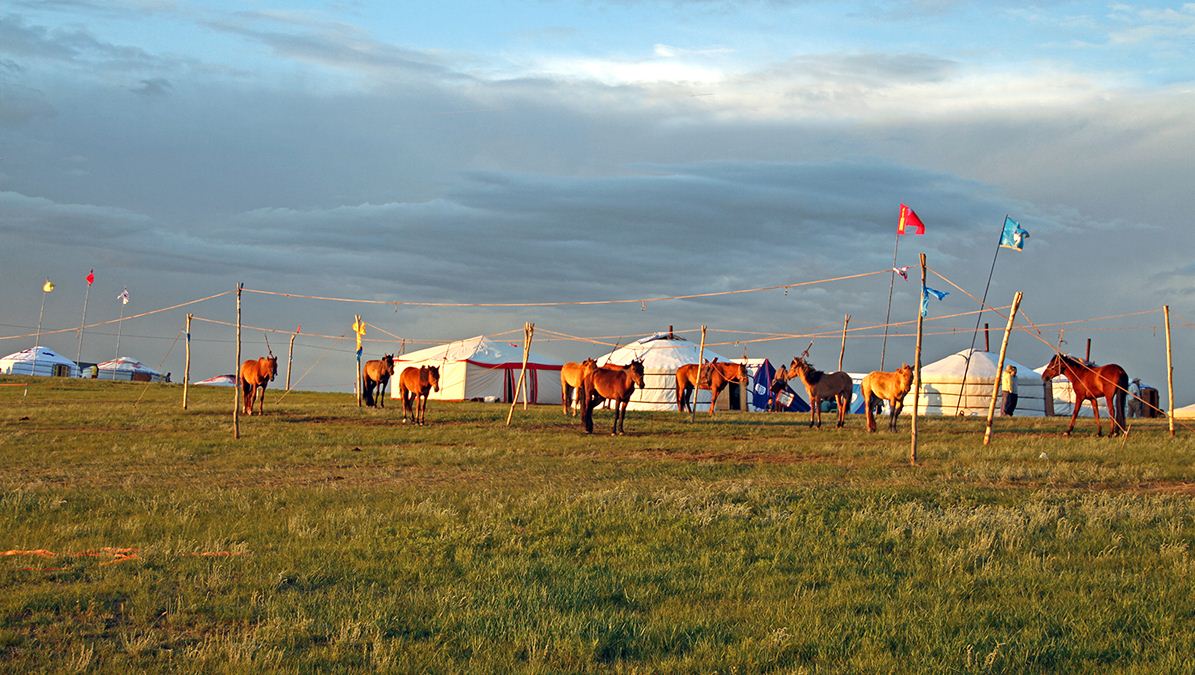

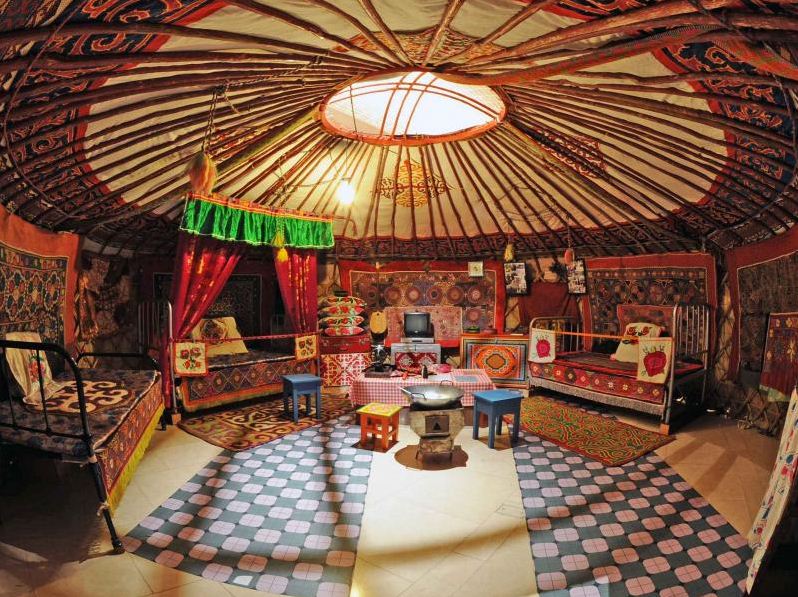
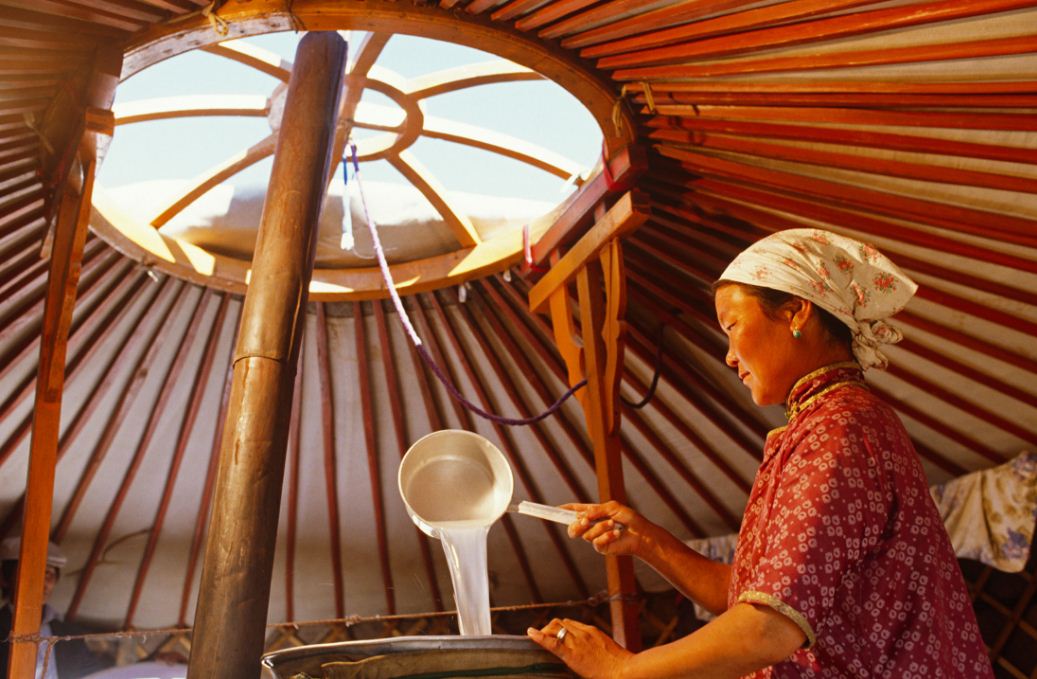
Every afternoon, if I and Karen are not reading books, we will help the host cut the camels’ hair and fleece. Bataar, a host in Tsagaansuvarga says water and electricity are two essential factors and a means of support for their self-sufficient life in the desert. The local traditional occupation is to farm cattle on endless meadows. When finding ground water, local people will stop their nomadic life style to settle.
The tangle of camel’s hair is plaited and stuffed into felt pieces to make domes or the wallboard of the yurt. Camel’s hair is weaved into sweaters for winter and cattle feces is dried for fuel to cook and heat. Horses and camels are the means to carry water from groundwater sources to the yurt for storage. Better-off families buy batteries for watching TV or lighting to drink tea and talk in the evening . Telephones are hung high on the dome of Yurt to receive the signal.

I also learn how to wash dishes in a highly water-saving way by using many towels after rinsing once by clean water. Karen has much more experience in the desert than me.She brings many useful items along such as wet tissues for cleaning her face in the morning, mouthwash and candles for reading books at night.
Living in material scarcity, I still feel happy because I have the chance to become familiar with the nomadic lifestyle of Mongolian people.
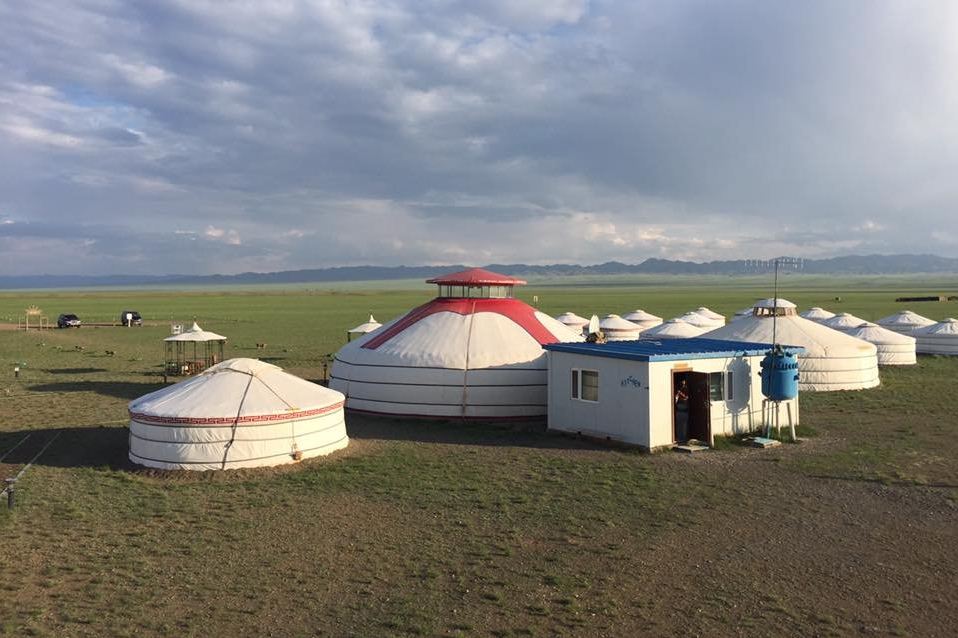
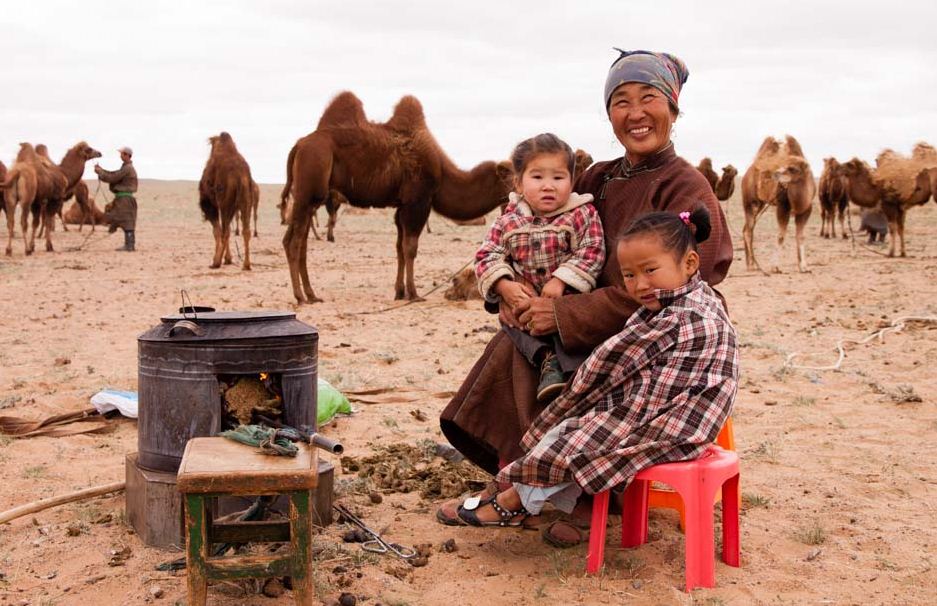
Every experience must come to an end. Living in material scarcity, I still feel happy because I have the chance to become familiar with the nomadic lifestyle of Mongolian people. Personally I think, it was the nomadic lifestyle that helped Genghis Khan to conquer Asia and Europe in the past.
Further information
Two airlines servicing the routes from Saigon or Hanoi to Ulaanbatar are Air China and Korean Air. Korean Air is a good choice with 12 hours for transiting, shorter compared to the22 hours of Air China.
+ The weather in Ulaanbatar is very severe and changeable, a day can have many seasons, so flights need checking before departure.
+ Most of the tourists have to book a tour to go inside Gobi desert. The tour fee depends on the number of tourists. The fee fluctuates from 50USD to 80USD/person/day.
+ Mongolian currency is Tughrik (MNT). Local banks offer currency exchange services with an exchange rate of approximately 1USD = 1.825MNT
+ The capital Ulaanbatar is not so big and tourist destinations are quite close to each other, tourists can walk to visit Ganda Pagoda, Sukhbaatar Square, Zanabazar Museum of Fine Arts, International Museum and Bogd Khan’s Summer Palace.

